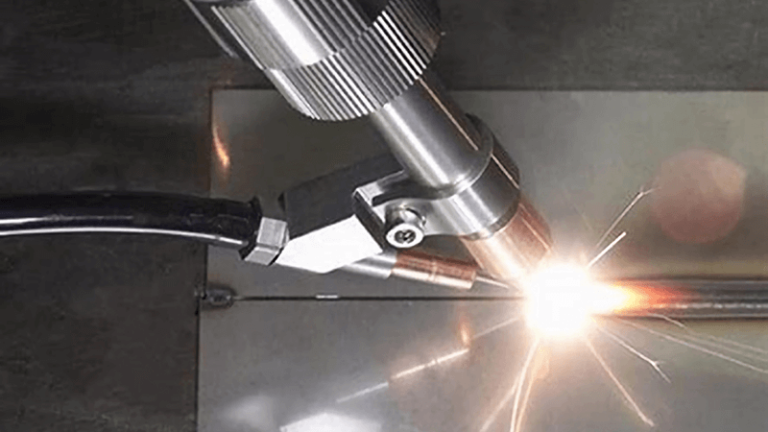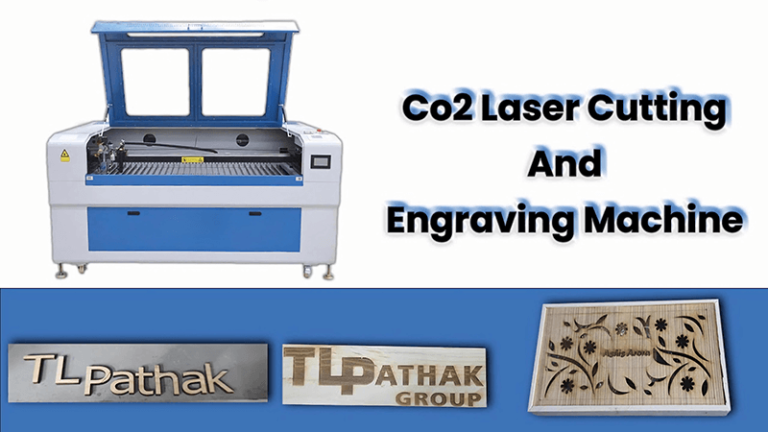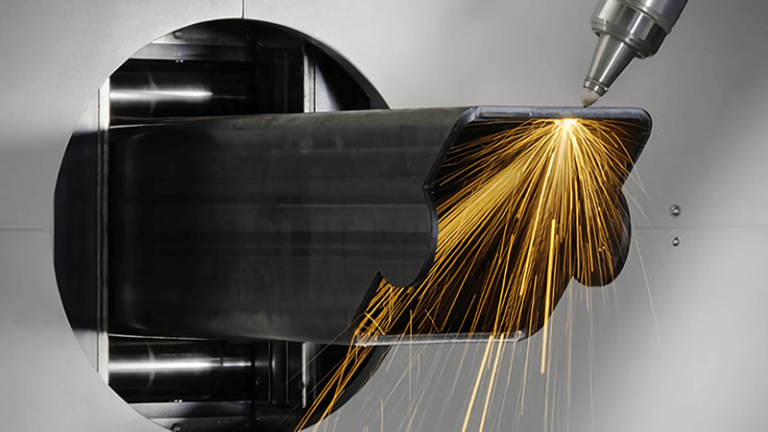In today’s fast-paced industrial landscape, the need for precision and efficiency has never been greater. Businesses are constantly seeking ways to improve productivity while minimizing waste and costs. Lasers have emerged as game-changers, offering unmatched accuracy and versatility across various applications. Whether it’s cutting through steel or engraving intricate designs, lasers deliver results that traditional methods simply can’t match.
So, what exactly are the industrial applications for lasers? They span a wide range of sectors, from manufacturing to healthcare. Each application highlights the unique benefits that lasers bring to the table. Let’s delve deeper into the incredible world of laser technology.
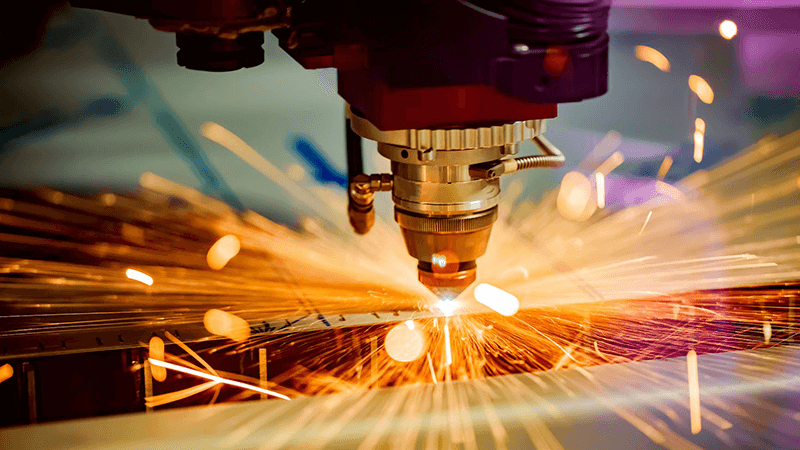
What Industries Utilize Lasers?
When we talk about lasers, it’s essential to understand their reach. Industries such as manufacturing, healthcare, and aerospace have integrated laser technology into their processes. Each sector benefits from the precision, speed, and reduced material waste that lasers offer.
In manufacturing, for example, lasers streamline processes like cutting and welding. This efficiency leads to significant cost savings and faster turnaround times. The healthcare sector utilizes lasers for surgical procedures, enhancing accuracy and minimizing recovery times. In aerospace, lasers help create lightweight yet durable components, crucial for modern aircraft design.
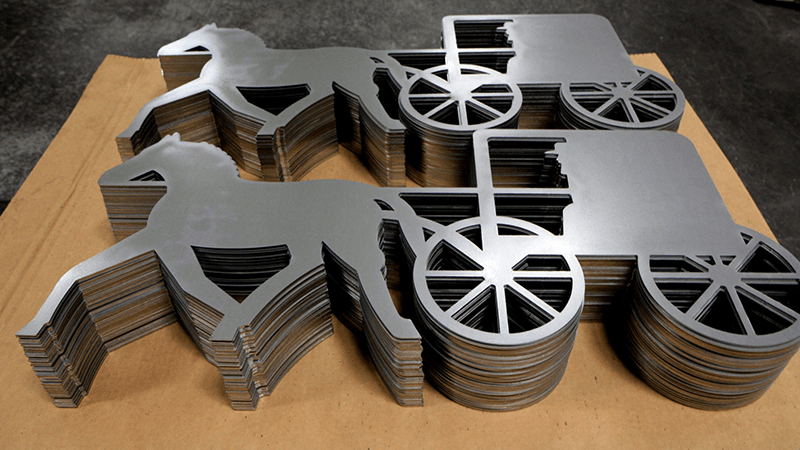
How Does Fiber Laser Cutting Work?
Laser cutting is one of the most widely recognized applications. It employs focused laser beams to cut through materials with incredible precision. This process is ideal for various materials, including metals, plastics, and even wood.
Hot-Selling Product: KR-3000 Water-Cooled Fiber Laser Cutting Machine
- Countries Hot-Selling: EU, US, Turkey
- Primary Use Cases: Industrial applications, including metal fabrication and manufacturing.
| Parameter | Specification |
| Model | 3015 |
| Cutting Area | 1.5 x 3 meters |
| Max Cutting Thickness | Up to 20 mm |
| Laser Power | 3000W |
| Cooling Type | Water-cooled |
| Weight | 2000 kgs |
The benefits of laser cutting are numerous. It provides clean edges, reduces kerf width, and minimizes the heat-affected zone. This means less distortion and a higher quality finish. Industries like automotive and electronics heavily rely on laser cutting to produce intricate components.

Laser Welding: Stronger Joints for Every Project
Next up is laser welding. This process uses high-intensity laser beams to join materials, resulting in strong and durable joints. Laser welding is especially beneficial in industries where precision is crucial, like automotive and construction.
Hot-Selling Product: KR-1500A Air-Cooled Laser Welding Machine
- Countries Hot-Selling: Brazil, Russia, EU
- Primary Use Cases: Automotive assembly, machinery fabrication.
| Parameter | Specification |
| Name | Hand-held Laser WeldIng Machine |
| Welding Thickness | Up to 5 mm |
| Laser Power | 1500W |
| Cooling Type | Air-cooled |
| Weight | 70 kg |
The speed and accuracy of laser welding reduce production times while maintaining high quality. As a result, manufacturers can achieve tighter tolerances and stronger bonds. This technology is perfect for tasks ranging from joining car body parts to assembling intricate machinery.

Laser Engraving: Personalization and Branding
Another exciting application is laser engraving. This technique allows businesses to personalize products and enhance their branding. Whether it’s engraving logos on promotional items or creating unique designs on gifts, lasers offer versatility.
Hot-Selling Product: KR-1390 Laser Engraving Machine
- Countries Hot-Selling: US, Canada, Australia
- Primary Use Cases: Personal DIY projects, promotional products.
| Parameter | Specification |
| Engraving Area | 1300 x 900 mm |
| Laser Power | 100W |
| Max Engraving Depth | 10 mm |
| Weight | 75 kg |
The precision of laser engraving means detailed designs can be achieved on various materials, from wood to metal. This capability provides businesses with a competitive edge, allowing them to stand out in a crowded market. Personalization fosters customer loyalty, making it a powerful tool for brand differentiation.
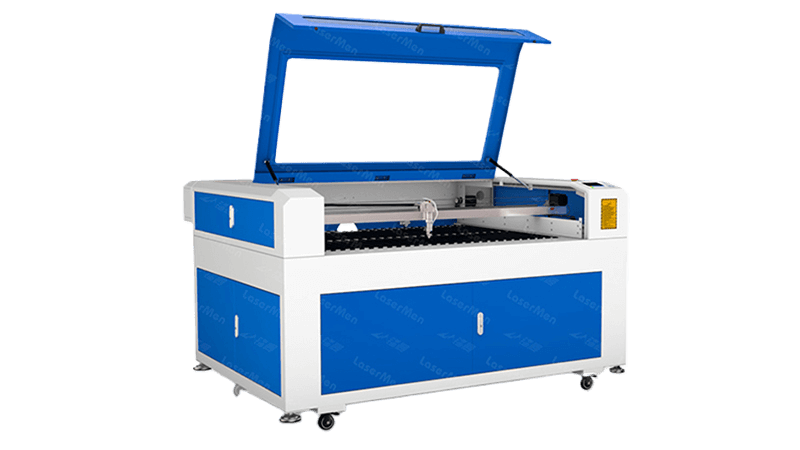
Laser Marking: Permanent Identification Made Easy
Now, let’s explore laser marking. This process uses lasers to create permanent marks on surfaces, making it ideal for product identification, serialization, and branding. It’s widely used in manufacturing and packaging industries.
Hot-Selling Product: KR-DF50 Marking Machine
- Countries Hot-Selling: US, Germany, Australia
- Primary Use Cases: Product labeling, barcodes, and QR codes.
| Parameter | Specification |
| Marking Speed | Up to 7000 mm/s |
| Marking Area | 110 x 110 mm |
| Laser Type | Fiber Laser |
| Power | 50W |
| Weight | 30 kg |
Laser marking provides clear and durable marks that resist wear and tear. This method is particularly beneficial for industries needing traceability, such as food and beverage or electronics. With laser marking, businesses can ensure compliance with regulations while enhancing their brand visibility.
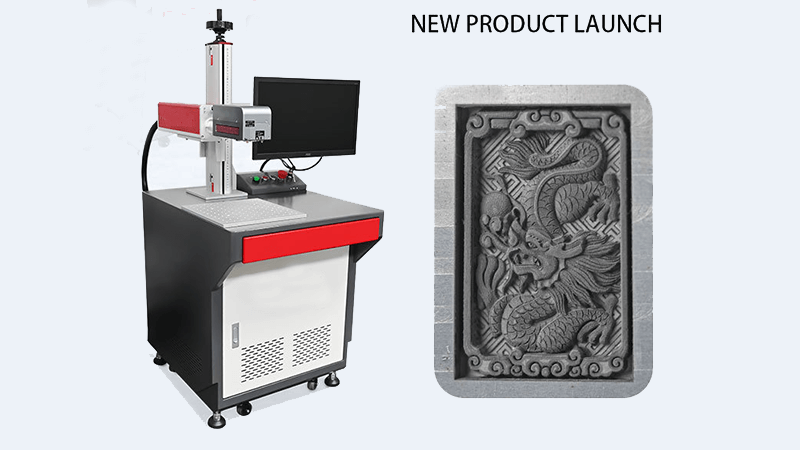
Laser Cleaning: The Eco-Friendly Solution
Now, let’s talk about laser cleaning. This innovative technology uses lasers to remove contaminants, rust, and old coatings from surfaces. It’s an eco-friendly alternative to traditional cleaning methods, which often involve harsh chemicals.
Hot-Selling Product: KR-LC Series Laser Cleaning Machine
- Countries Hot-Selling: EU, US, Turkey
- Primary Use Cases: Maintenance and restoration in various industries.
| Parameter | Specification |
| Cleaning Area | 150*150 mm |
| Max Power | 300W |
| Weight | 100 kg |
Industries like maintenance and restoration benefit from laser cleaning. It’s particularly effective for historical buildings and monuments, preserving their integrity while removing unwanted materials. Laser cleaning is not just efficient; it’s also safer for both workers and the environment.
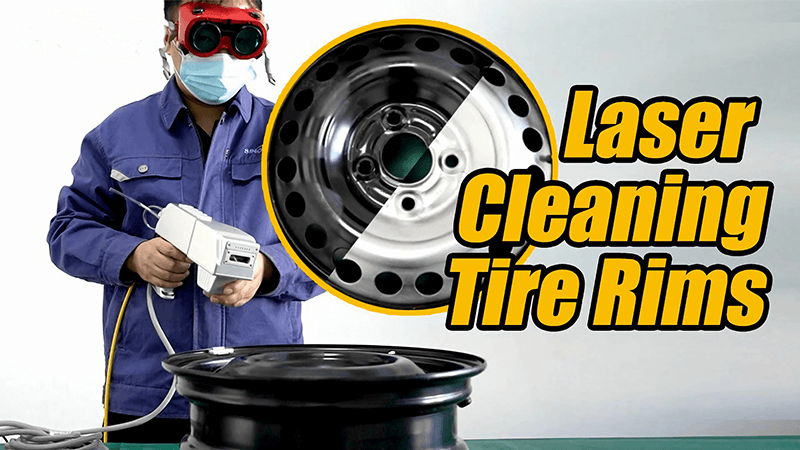
Future Trends: Where Is Laser Technology Headed?
As we explore the future of laser technology, exciting advancements are on the horizon. Innovations in laser systems are making them more accessible and versatile. New applications are emerging, especially in sectors like automation and robotics.
Laser technology is also becoming more affordable, allowing smaller businesses to leverage its benefits. This democratization means that even startups can utilize high-quality laser systems to enhance their operations.
Conclusion: Embracing the Laser Revolution
In summary, lasers have transformed industrial applications, providing precision, efficiency, and versatility. From cutting and welding to engraving, marking, and cleaning, the benefits are undeniable. As technology continues to evolve, embracing laser solutions will undoubtedly help businesses stay competitive.
So, why not explore how lasers can elevate your operations today? The future is bright, and lasers are at the forefront of industrial innovation!
References:
1>. “Laser and its Industrial Applications Galore”, from Machine Tools World.


